
Why Do Men Have Nipples? Unraveling the Mystery Behind Male Anatomy
Introduction
In a world where female anatomy often takes center stage, men’s nipples tend to fly under the radar—an anatomical curiosity that prompts a myriad of questions. Why do men have nipples when they don’t serve the primary function of breastfeeding? Do they serve any purpose, or are they just evolutionary leftovers?
Interestingly, the presence of nipples in men is rooted deeply in embryonic development. Early on, both male and female embryos follow a similar blueprint. They develop the same structures before the sex differentiation process kicks in. This is where things get a bit fascinating.
Around the fourth to sixth week of gestation, the mammary crests start forming. These milk lines stretch from the armpit down to the groin, setting the stage for nipple development. At this point, the embryo hasn’t yet determined its sex; therefore, both male and female embryos will have nipples. The SRY gene, found on the Y chromosome, plays a vital role in this process. Activated around the seventh week, it triggers the development of male reproductive organs and initiates the differentiation into male characteristics.
But why do men keep these seemingly unnecessary features? From an evolutionary perspective, male nipples are often viewed as vestigial structures—the remnants of a time when they served a purpose. While they don’t confer any reproductive advantage to men, they don’t harm them either. Think of it as nature’s way of playing a practical joke: a body part that serves little to no purpose yet persists.
Moreover, men’s nipples can serve as erogenous zones. Studies indicate that many men experience heightened sexual arousal from nipple stimulation. So, while they don’t help with nursing babies, they can certainly spice up certain intimate moments!

As we continue to explore this quirky aspect of human anatomy, we’ll dive deeper into the biological significance of male nipples and their evolutionary implications. By the end of this post, you might just have a newfound appreciation for this anatomical oddity. After all, understanding why men have nipples not only satisfies our curiosity but also enhances awareness of male health issues, making it a topic worth discussing. To help with that, consider checking out The Male Body Book: A Guide to Health and Wellness, which dives into various aspects of male anatomy and health.
Changes at Puberty
During puberty, hormonal changes kick in, dramatically affecting both male and female bodies. In boys, testosterone surges, leading to noticeable changes in their physique. While male nipples do grow, they don’t develop the same way as female nipples.
In females, estrogen promotes significant breast growth, leading to larger, more pronounced nipples. Male nipples, on the other hand, remain relatively small and underdeveloped. Why is that? Well, the male body isn’t designed to support lactation. Instead, male nipples are less variable and typically flatter due to a lack of mammary gland development.
This disparity arises because the growth of breast tissue in females is crucial for breastfeeding. Meanwhile, men’s bodies haven’t evolved to need that function. So, while both genders start off with similar nipple structures, puberty draws a clear line in their development. Male nipples, therefore, serve as a reminder of our shared beginnings, but ultimately, they simply chill out on the sidelines.
Speaking of changes, have you ever considered how fitness plays a role in shaping the male body? For those looking to enhance their physical journey, the Men’s Health: The Ultimate Guide is a fantastic resource to navigate these transitions.

Evolutionary Perspective
Vestigial Structures
Let’s talk about vestigial structures—those quirky traits that seem to have lost their purpose over time. Male nipples fit snugly into this category. They hang around because they don’t do any harm, like an extra sock in your drawer. Evolution typically weeds out unnecessary traits, but in the case of male nipples, there’s no compelling reason to get rid of them.
You might ask, “Why do they linger?” The answer is evolutionary baggage. Just because something doesn’t seem useful doesn’t mean it’s harmful. Male nipples don’t confer any reproductive advantage, but the evolutionary process is more complex than a simple cost-benefit analysis. They’re a remnant of a time when all embryos were on the same developmental path before the sex differentiation process began.
To understand this better, consider the The Evolution of Human Anatomy: Understanding Change. It dives deep into how our bodies have adapted over millennia.
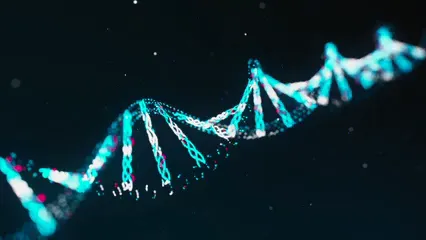
Sexual Dimorphism and Genetic Correlation
Now, let’s look at the genetics behind this nipple conundrum. Male and female traits are often intertwined at the genetic level. This genetic correlation means that certain characteristics are shared because they’re influenced by the same genes. In the case of male nipples, they persist because there’s been no significant selection pressure against them.
While nipples are essential for female reproductive success, they just don’t hold the same importance for males. So, there’s no evolutionary push to eliminate them. Nature simply decided to keep the status quo. In essence, male nipples are here to stay, not because they serve a purpose, but because they remain harmless and a quirky part of our evolutionary history.
To wrap it up, male nipples are a fascinating intersection of biology and evolution, showcasing how traits can linger without any immediate function. They may not help in breastfeeding, but they do tell a story about our shared journey through the evolutionary gauntlet. And who wouldn’t love a good story? For more intriguing insights, consider reading The Anatomy of Human Destructiveness, which explores the darker sides of our nature.

Anomalies and Unusual Cases
Supernumerary Nipples
Supernumerary nipples, also known as accessory or extra nipples, are an intriguing phenomenon. They occur when additional nipples develop along the mammary lines, which typically stretch from the armpit to the groin. Surprisingly, this condition affects roughly 1 in 20 people. Most of these extra nipples are harmless and often resemble small pigmented moles.
While they’re usually non-functional, they can be a topic of curiosity. Interestingly, the record for the highest number of nipples on a human male stands at seven! Can you imagine the dedication to counting each one? While supernumerary nipples don’t serve any purpose, they certainly add a quirky twist to the human body. If you’re curious about the science behind such anomalies, consider picking up a copy of Understanding Gynaecomastia: A Guide for Men.
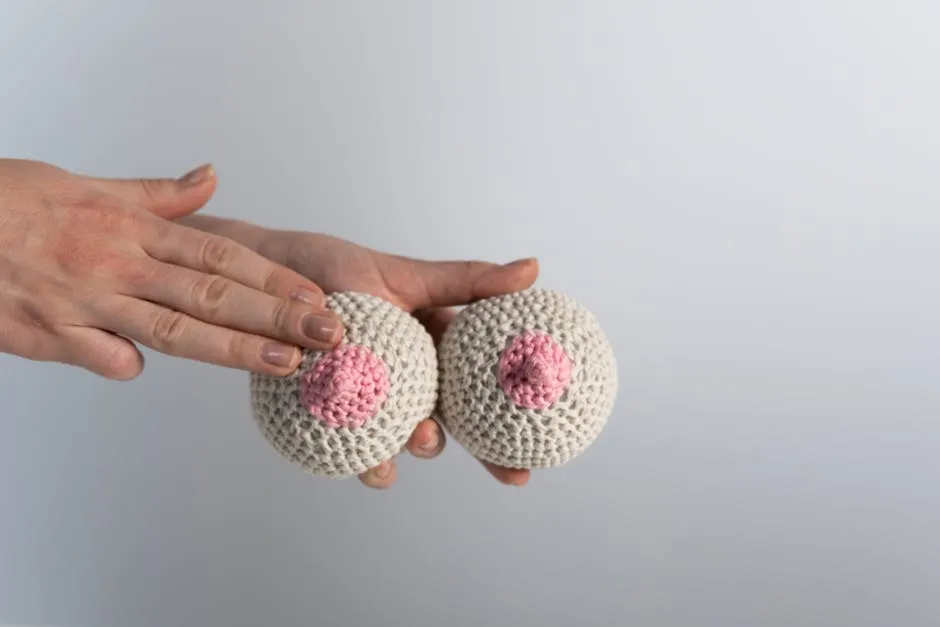
Male Lactation
Now, let’s turn our attention to an even more unusual topic: male lactation. Yes, you read that right! Although it’s quite rare, men can lactate under specific circumstances. Conditions such as hormonal imbalances or certain medical interventions can trigger this phenomenon. For instance, if a man experiences significant weight loss or certain hormonal therapies, his body might produce milk.
Societal perceptions around male lactation often stir mixed feelings. While some view it as an oddity, others see it as a testament to the incredible adaptability of the human body. Imagine the conversations that could arise from this topic at a dinner party! It’s a reminder that biology can surprise us in the most unexpected ways. To explore more about human biology, consider checking out the The Science of Puberty: A Guide for Boys.

Male Health and Nipples
Gynaecomastia and Breast Health
Gynaecomastia, or the enlargement of breast tissue in males, affects many men at some point in their lives. This condition can arise from hormonal imbalances, obesity, or certain medications. Interestingly, it can impact boys during puberty and persist into adulthood.
The psychological effects of gynaecomastia can be significant. Many men report feelings of embarrassment or anxiety regarding their appearance. This highlights the importance of awareness regarding breast health. Men should be vigilant about changes in their bodies, just as women are encouraged to monitor theirs.
Regular self-examination can help detect any abnormalities early. This includes checking for unusual lumps, skin changes, or discharge around the nipple area. Awareness can lead to timely consultations with healthcare professionals, ensuring that any potential issues are addressed promptly. After all, understanding one’s body is key to maintaining overall health and well-being. To support your health journey, consider investing in Men’s Health Supplements: Multivitamins for Men, which can help you maintain optimal health.
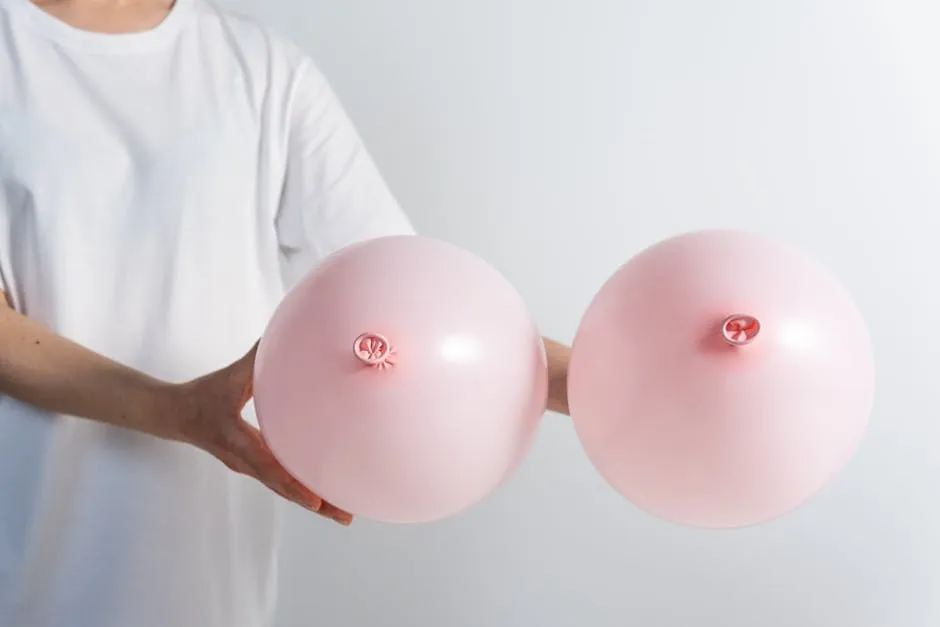
Navigating the topic of male breast health may not be the most conventional subject, but it’s an essential one. By shining a light on these issues, we promote a healthier dialogue about male anatomy and health, ensuring that men feel empowered to take charge of their well-being.
Male Breast Cancer
Male breast cancer is rare but serious. It accounts for only 0.5% to 1% of all breast cancer cases. While women are often the focus of breast cancer discussions, men need to be aware of this potential health risk. Early detection can make a significant difference in outcomes.
Symptoms of male breast cancer may include a lump in the breast, changes in the skin or nipple, and discharge from the nipple. These signs can be subtle, making awareness crucial. Men often dismiss breast changes, thinking they aren’t at risk. This mindset must change, as men can, in fact, develop this disease. For a comprehensive understanding of male health issues, check out The Complete Guide to Men’s Health.

Statistics reveal that about 2,700 men are diagnosed with breast cancer yearly in the United States. The survival rate is generally high when caught early. Yet, many men don’t seek medical advice promptly, leading to advanced-stage diagnoses.
Awareness can save lives. Men should perform self-examinations regularly, just as women do. Knowing their bodies helps them identify unusual changes and seek medical care when necessary.
Increased awareness regarding male breast cancer is essential. By understanding the signs and risks, men can take proactive steps toward their health. After all, it’s better to be safe than sorry when it comes to health matters. A little vigilance can go a long way in ensuring a longer, healthier life.
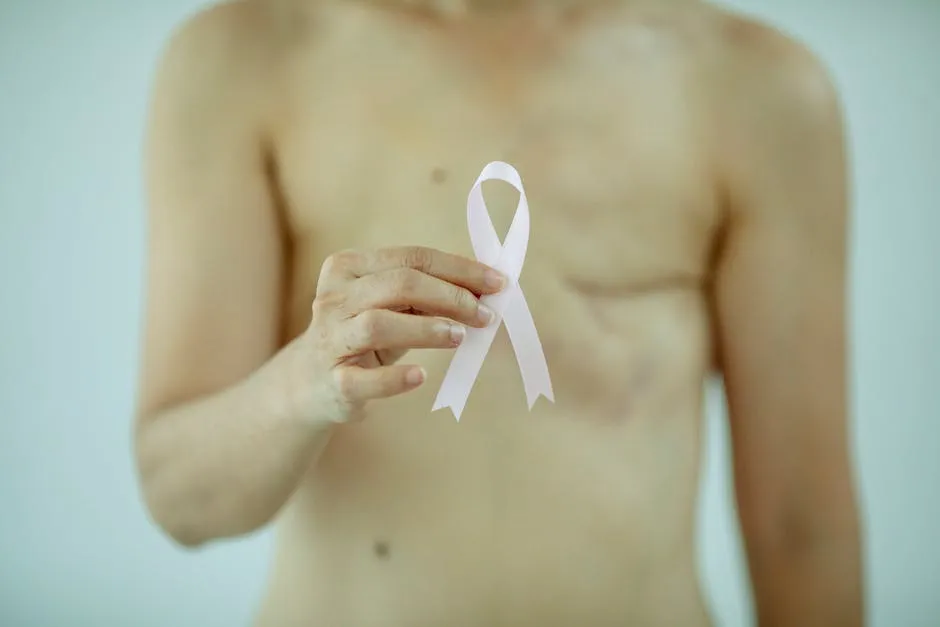
Conclusion
Men’s nipples, while seemingly trivial, serve as a fascinating window into our shared evolutionary past and underscore the complexities of human anatomy. Understanding why men have nipples not only satisfies our curiosity but also enhances awareness of male health issues. Just as women’s bodies are celebrated for their unique capabilities, men’s bodies deserve a similar acknowledgment that recognizes their anatomical features and potential health implications.
The journey of understanding male nipples starts with recognizing their embryonic origins. Both male and female embryos develop similarly in the early stages before sex differentiation occurs. This shared blueprint explains why men have nipples, even if they don’t serve a breastfeeding function.
Nipples may also play a role in sexual arousal. Studies indicate that many men experience heightened sensitivity and enjoyment during nipple stimulation. This aspect adds a layer of complexity to the conversation about male anatomy.
However, the discussion doesn’t stop there. Men face unique health risks associated with their nipples and breast tissue, including gynaecomastia and, more alarmingly, male breast cancer. By acknowledging these health concerns, we empower men to be proactive about their health.
Statistics show that early detection of male breast cancer significantly improves survival rates. Yet, many men remain unaware of their risk, leading to late-stage diagnoses. It’s vital to promote awareness and encourage regular self-examinations. Consider using a fitness tracker to monitor your health; check out this Fitness Tracker: Smartwatch for Health Monitoring.
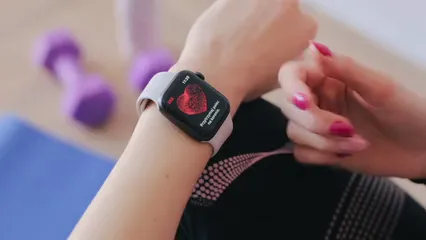
In summary, men’s nipples may seem like a quirky feature, but they are tied to our evolutionary history and carry implications for male health. By fostering conversations around these topics, we can create a healthier dialogue about male anatomy and wellness. So, let’s celebrate the complexities of the male body and encourage awareness of the potential health issues that can arise. After all, knowledge is power, and understanding our bodies is the first step toward better health.
FAQs
Do male nipples serve any purpose?
Yes! Male nipples can act as erogenous zones. They are sensitive to touch and can enhance sexual arousal. Who knew something that seems so trivial could spark such pleasure?
Can men breastfeed?
Typically, men cannot breastfeed. However, under rare circumstances involving hormonal changes, some men can produce milk. Imagine the surprise when someone discovers their body can do something so unexpected!
What is gynaecomastia?
Gynaecomastia is the enlargement of breast tissue in males. It often results from hormonal imbalances or obesity. This condition can affect self-esteem, and it’s essential for men to be aware of it.
How common is male breast cancer?
Male breast cancer is quite rare, making up only 0.5-1% of all breast cancer cases. However, awareness is key. Early detection can significantly improve outcomes, so it’s crucial for men to understand their risks.
What should men look out for regarding breast health?
Men should monitor for changes such as lumps, discharge, or changes in the skin around the nipple area. If any abnormalities arise, consulting a healthcare professional is the way to go. Keeping an eye on these changes is vital for early intervention.
Please let us know what you think about our content by leaving a comment down below!
Thank you for reading till here 🙂
All images from Pexels




